Meditation: a beginner's guide
Why meditate?
Meditation is suddenly out there; it’s difficult to read a magazine or paper without reading about its life-changing benefits, from relieving stress and easing insomnia, to helping with common 21st century problems such as anxiety and depression. As long-time meditators ourselves, we love that the practice has become so popular, so quickly.
Now there’s plenty of science verifying how meditation can help us feel so much better (and even live longer), it would seem sensible to give it a go. One of the wonderful things about it is that anyone can meditate, regardless of age, life experience, or religion. And you can practice anywhere, at any time.
But what exactly is meditation and how can it be explained? This is a little tricky to answer; meditation is an experiential activity that can only be known, not described. How we typically feel after meditating (even after five minutes) is easier to put into words:
Calm
Serene
Focused
Relaxed
Centred
As a wellbeing travel company, our guests often ask our advice about meditation. Whilst it is easier said than done, the good news is that, with gentle practice and commitment, everyone can meditate - including you! But the only way to know is to try! So let’s give it a go.
Meditate - easy steps
There are many types of meditation, but the ‘mindfulness of breathing’ meditation is a sound place to start. Follow our step-by-step guide for your first meditation. It’s just five minutes’ long.
If possible, find a warm, comfortable room, where you will not be interrupted for the next five minutes.
Spend a moment becoming comfortable. You need to be at ease and supported. Either sit on a chair, or, if you are OK sitting on the floor, perhaps on a yoga mat, find a tall posture, on several cushions or blocks. Common ways to sit are crossed legged or kneeling. If sitting isn’t comfortable, come to lie down, bringing your feet flat, knees raised. Wrap yourself in a blanket, for warmth, if you’d like.
Set an alarm, so you don’t need to worry about knowing when the five minutes has ended.
Close your eyes (or keep them gently open, with a soft gaze) and simply notice, without judgement, how you are feeling in your body, mind and emotions. Allow yourself to be as you are, with kindness.
Trying not to change the rate or depth at which you are breathing, begin to observe the sensations of breath – noticing where you feel or sense the breath most vividly in the body. Perhaps this will be at the tip of the nose, or in the feeling of the belly expanding and contracting. The instruction is not to think about the breath; just observe and notice the strongest sensation, or sense, of the breath moving.
Pay soft attention, and be aware that the mind will probably wander all over the place; this is what human minds do, most of the time! The intention is to notice when you have become lost in thinking, to congratulate yourself that you have noticed (this is the moment of true awareness, or mindfulness) and to patiently come back to the breath, over and over again.
Introduce a count to the breath. Simply, each time you naturally breathe out, count back from ten to zero. So: breathe in, and on the outbreath, count ten. Breathe in, and on the outbreath, count nine; all the way back to zero. Start again when you have finished, or every time you become caught up in thought, no matter how many times this occurs. Repeat until your alarm sounds.
We can use a count to steady the attention, and to give the mind something more tangible to focus on. Be gentle and patient with yourself – it’s worth repeating that the mind will continually wander, and this is natural and normal. We are not trying to clear the mind of thoughts. There is no need to judge yourself, or to become frustrated; it is enough (more than enough) to simply become aware.
When the alarm sounds, gently open your eyes and notice, without layering judgement on yourself, how you feel. There is no such thing as a ‘bad’ meditation; try to allow your experience to be as it is. The important thing is that you have set aside the time and intention to pause, step out of busyness and autopilot, and come into the present moment, the breath as a gateway.
Try to practice daily; little and often is a good tactic. It’s important to let go of any desired outcome or results; the important thing is the unfolding process, and the gradual, gentle, training of the attention.

